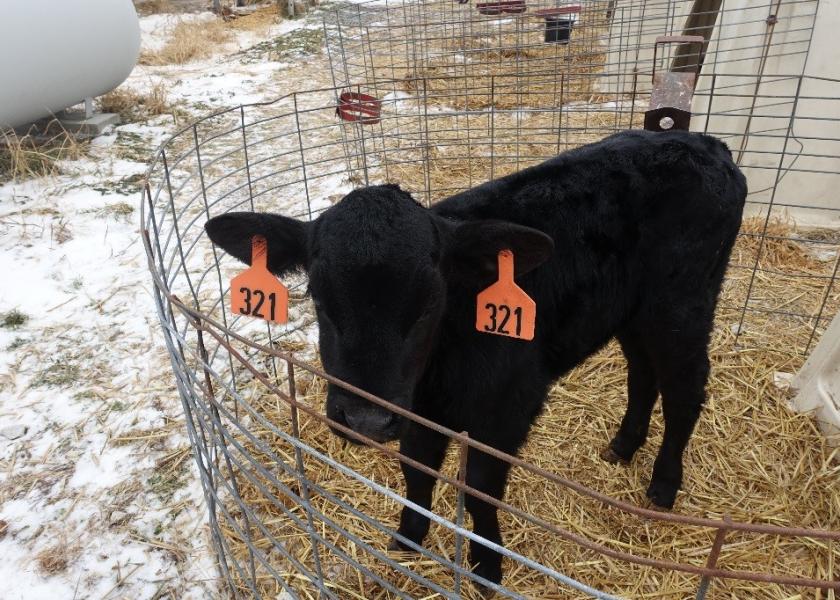“Black” is Not the Only Goal in Beef-on-dairy Breeding

If the dairy industry wants the beef business to embrace beef-on-dairy crossbreds long-term, we need to up our genetic selection game, according to Denise Schwab, Extension Beef Specialist for Iowa State University.
Schwab advised producers at Iowa State’s recent Midwest Dairy & Beef Day that beef-on-dairy breeding decisions need to be made with the same precision they devote to genetic selection for dairy replacement females. “It’s not likely you tell your semen rep, ‘Just give me Holstein semen that’s cheap,’” she stated. “Yet that’s what’s happening with a lot of beef-on-dairy breeding right now. We need to aim for more than just a black calf.”
Unfortunately, many of the dairy-beef crosses today are simply “black Holsteins,” with similar frame characteristics to full-blood dairy animals. “If you’re going to do that, you might as well just produce Holstein steers, because at least there is a specific market for them,” said Schwab. “The tall, black crossbreds don’t fit well into any production or marketing system.”
Many producers aim for black animals so they can qualify for Certified Angus Beef (CAB) premiums. But Schwab noted CAB quality standards specify details that a “black Holstein” animal probably won’t achieve, like 1,050-pound-or-less hot carcass weight, and superior muscling.
And while she is sympathetic to today’s economic conditions that can generate around $100 per head for “any” black calf versus about $30 for a Holstein, she is wary of long-term consequences. “If we flood the market with undesirable animals, that premium will be short-lived,” she stated. “I want to protect that value so we can continue capturing more dollars 3, 5 and 10 years down the road.”
To do so, she suggested focusing on the following characteristics when selecting beef sires to cross with Holsteins:
- Breed – The natural inclination may be to reach for Angus semen to produce black calves. But the Angus breed has the largest beef registry in the country, which means it also has the greatest variability. Surprisingly, Angus also now has the highest hot carcass weight of the major beef breeds, which means a Holstein X Angus cross may very well be duplicating frame size. “Think specifically of the bull, not just the breed,” advised Schwab.
- Frame size – To develop more compact animals that feed and finish more efficiently, Schwab suggested choosing moderately sized bulls, with frame scores of 5 or under.
- Ribeye area – Holsteins tend to marble very well and can have excellent quality grades, but also have elongated, less-desirably-shaped ribeyes. “Select beef sires with ribeye EPDs in the top 25 percentile of the breed,because there is a high correlation between ribeye size and shape,” advised Schwab.
- Muscling – Holsteins have a lower muscle-to-bone ratio, so choose bulls with higher muscle scores to enhance the beef composition characteristics – in terms of muscle size and shape -- of the offspring.
- Calving ease – While selecting for moderately sized calves is a common decision, Schwab said it actually is less of a concern in beef-on-dairy breeding. “Most Holstein cows easily can lie down and have a 100-pound calf,” she stated. “You don’t need to choose from the top 10% of calving ease beef sires. The top 30-50% is a very reasonable range.”
Finally, Schwab noted beef sires should be one strategic element of a herd’s total genetic plan, and not just “cow fresheners” for repeat-service dams. “The fertility of beef sires is no better than dairy bulls, so beef breeding should not be viewed as a ‘service of last resort,’” advised Schwab.
Rather, she said carefully selected beef sires should be mated with dams based on pre-established criteria, such as genomic testing results, parity or genetic merit – with the overall quality and yield of a finished market animal in mind.







